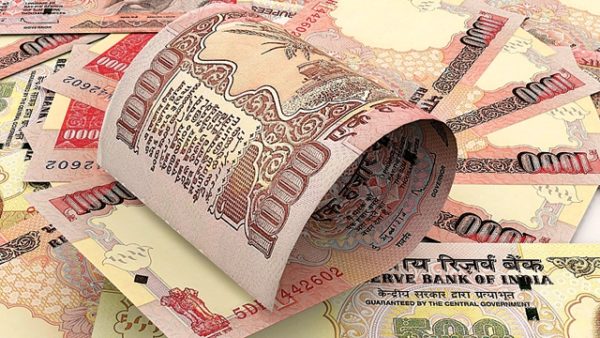A Finance Intelligence Unit report to FinMin had highlighted the quantum jump in suspicious transactions and the need for action against hoarders
On October 27, two weeks before Prime Minister Narendra Modi’s crackdown on black money by demonetising Rs 500 and Rs 1,000 notes, the Finance Intelligence Unit (FIU) wrote to the finance ministry on the urgent need to tighten the noose around those involved in suspicious financial dealings.
A worried FIU, which collects and analyses data to uncover patterns of transactions suggesting suspicion of money laundering and related crimes, put the spotlight on the problem following a report that revealed one suspicious financial transaction every 12 minutes in the five years during 2010-15, sources said.
According to the report, accessed by DNA, there was a quantum jump in the number of suspicious transaction reports (STRs)— from 17,000 in the 2006-10 period to 2,23,000 in 2010-15.
Raising serious questions on the nature of business activities in Maharashtra and Delhi, the report also says that the two states generate the maximum number of transactions conducted in an illicit manner. The two states are followed by Uttar Pradesh, West Bengal and Gujarat.
The findings—which come to light just after the prime minister’s sudden and dramatic late evening announcement on Tuesday and should give a fillip to the campaign against black money hoarders—make a strong case to note trends for two biggest challenges of terrorism and black money facing the country, sources said. Terror financing is a major agenda of G20 countries.
“Some notable trends during 2009-10 to 2014-15 are as follows. The banking sector contributed 68% of STR in conformity with their share in the financial assets (70%). The top 5 states having largest share in reporting of suspicious transactions are Maharashtra, Delhi, Uttar Pradesh, West Bengal and Gujarat,” the report states.
The report goes on to add that public sector banks have the largest percentage ratio in terms of cash withdrawal to total debits and cash deposited to total credits. This indicates that public sector banks are generating STRs mainly on the basis of the cash component of the transaction. The insurance sector accounted for 6 per cent of STRs with Maharashtra topping the list. Mutual funds account for 2.57 per cent of STRs.
What are STRs
FIU records a transaction as suspicious if and where identity of the client is either fraud or forged or is conducted by someone who is on the Interpol watch list or has criminal records. It also covers unexplained transfers made in multiple accounts with no rationale or in dormant accounts, where nature of transaction is doubtful or where the value of transactions is made just below the reporting norm or threshold.



Leave a reply